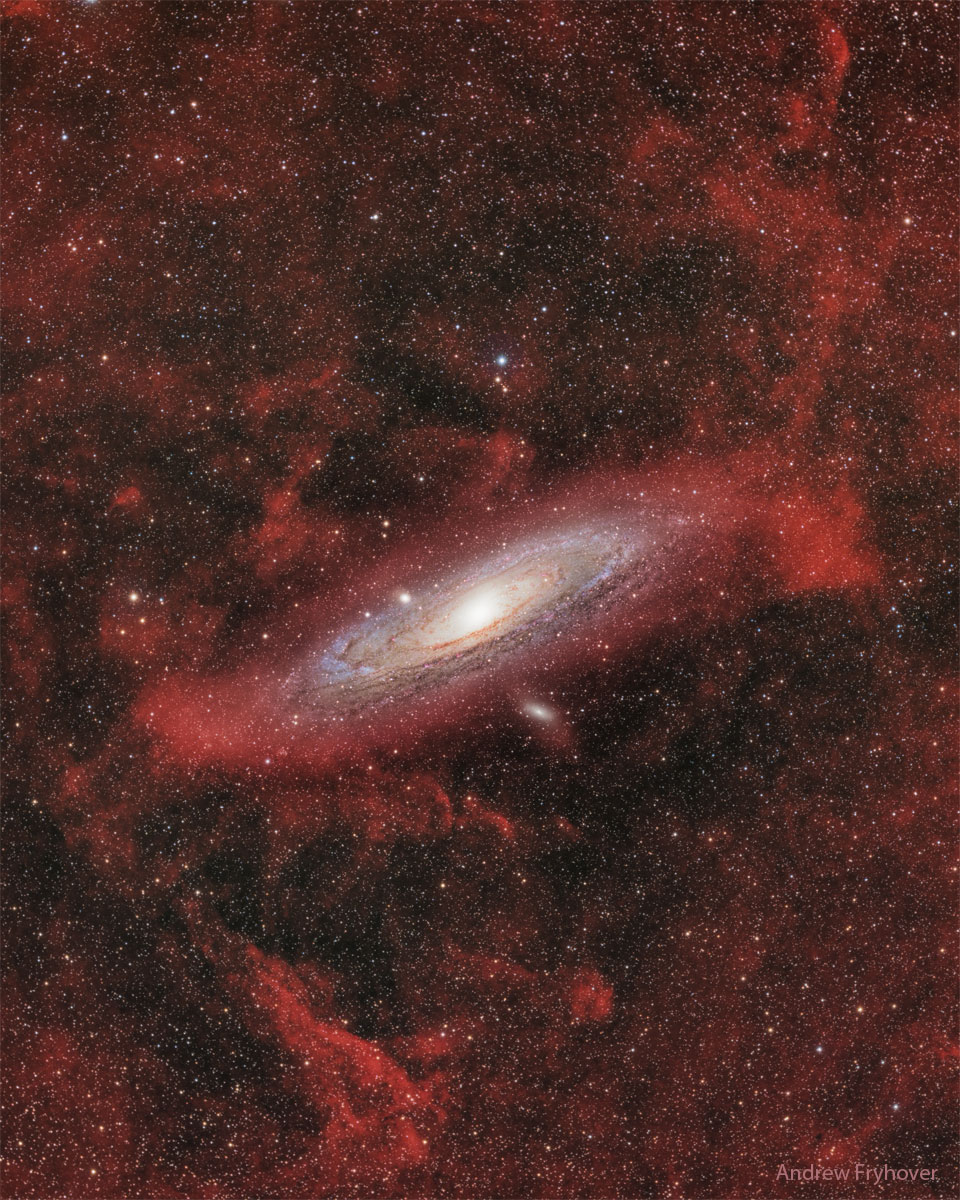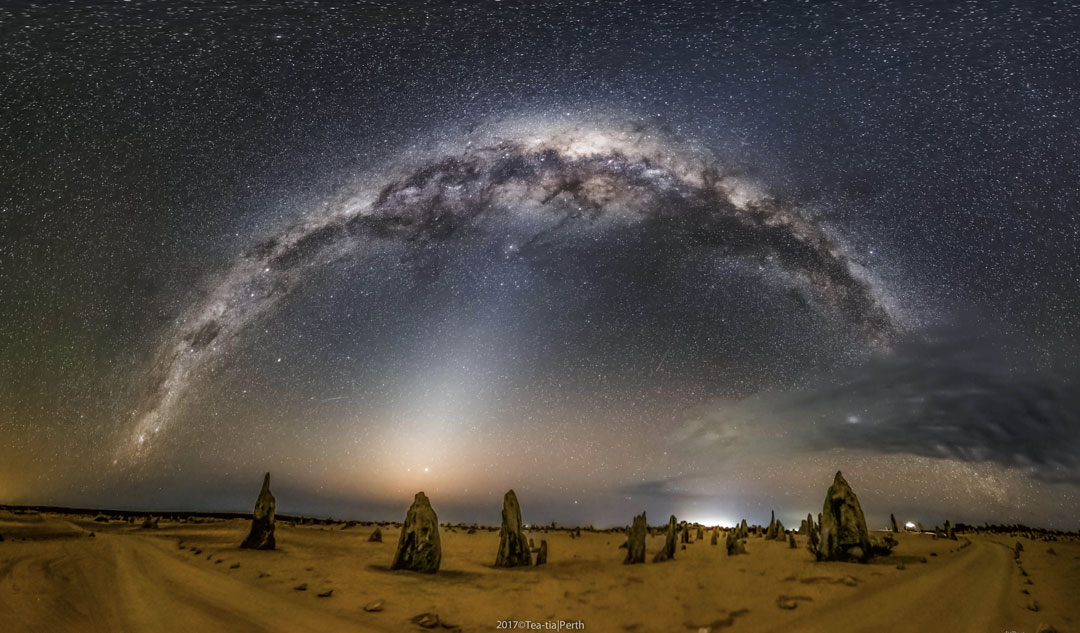안녕하세요, 잡학다식 입니다. 오늘은 과연 나사에서 어떤 방식으로 우주의 형상을 표현해 줄까요?
우선 이미지부터 볼 수 있도록 하겠습니다
해당 사진의 이름은 Jupiter Rotates as Moons Orbit 인데요 우선 NASA에서 공식적으로 발표한 설명들을 확인해 보겠습니다
Jupiter and its moons move like our Sun and its planets. Similarly, Jupiter spins while its moons circle around. Jupiter’s rotation can be observed by tracking circulating dark belts and light zones. The Great Red Spot, the largest storm known, rotates to become visible after about 15 seconds in the 48-second time lapse video. The video is a compilation of shorts taken over several nights last month and combined into a digital recreation of how 24-continuous hours would appear. Jupiter's brightest moons always orbit in the plane of the planet's rotation, even as Earth’s spin makes the whole system appear to tilt. The moons Europa, Ganymede, and Io are all visible, with Europa's shadow appearing as the icy Galilean moon crosses Jupiter's disk. Jupiter remains near opposition this month, meaning that it is unusually bright, near to its closest to the Earth, and visible nearly all night long. Almost Hyperspace: Random APOD Generator
이번에도 광활한 우주 앞에 인간이 얼마나 작은 존재인지 다시 한번 알게 되는것 같습니다
저는 내일도 더 좋은 사진과 함께 돌아오겠습니다, 그럼 행목한 하루 되시길 바랍니다
'과학상식' 카테고리의 다른 글
| NASA 나사의 오늘의 이미지들 (2022-10-27) (0) | 2022.10.28 |
|---|---|
| NASA 나사의 오늘의 이미지들 (2022-10-26) (0) | 2022.10.27 |
| NASA 나사의 오늘의 이미지들 (2022-10-24) (0) | 2022.10.25 |
| NASA 나사의 오늘의 이미지들 (2022-10-23) (0) | 2022.10.24 |
| NASA 나사의 오늘의 이미지들 (2022-10-22) (0) | 2022.10.23 |

